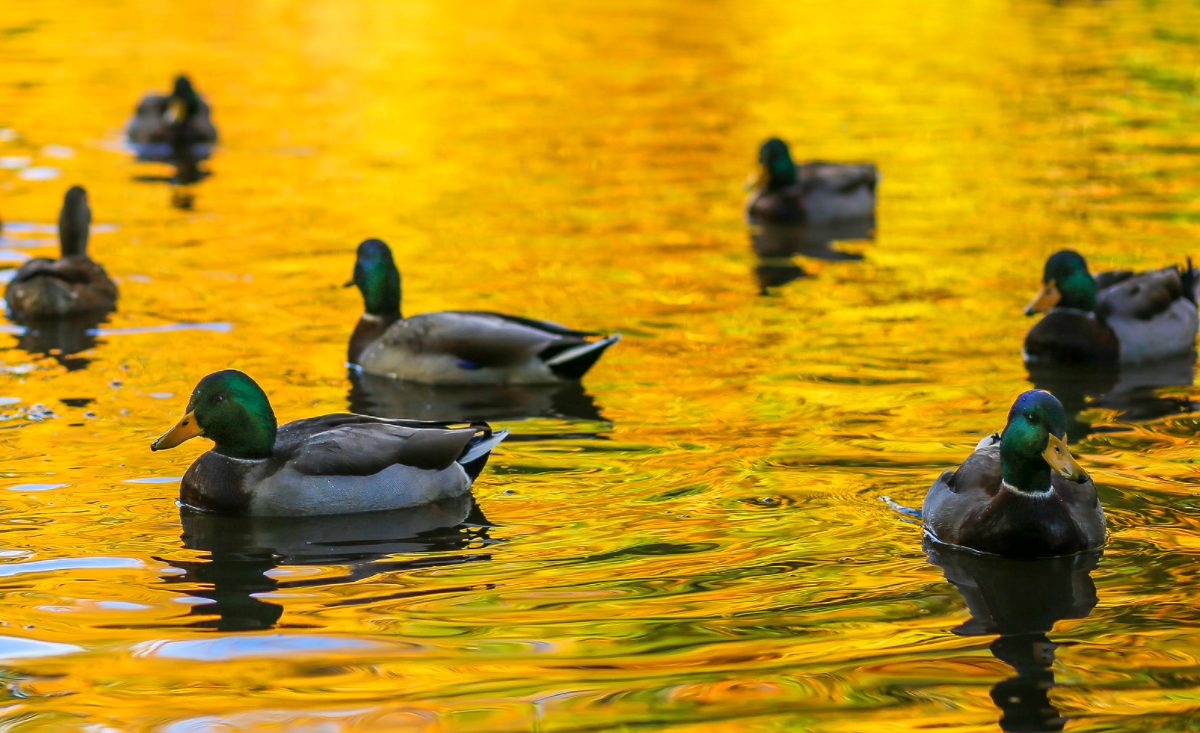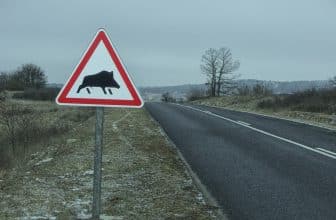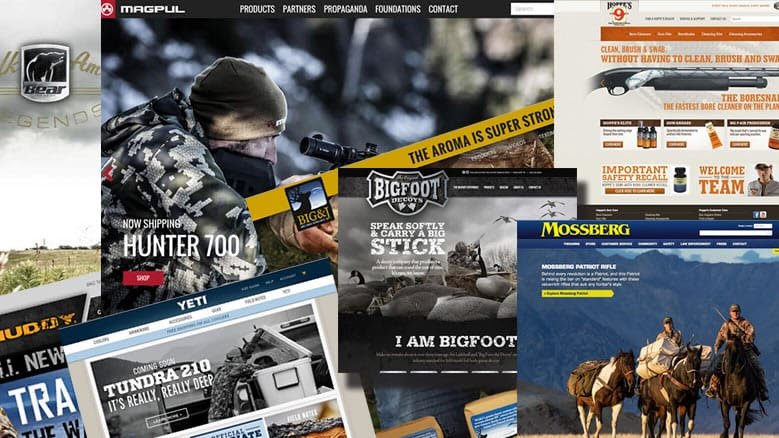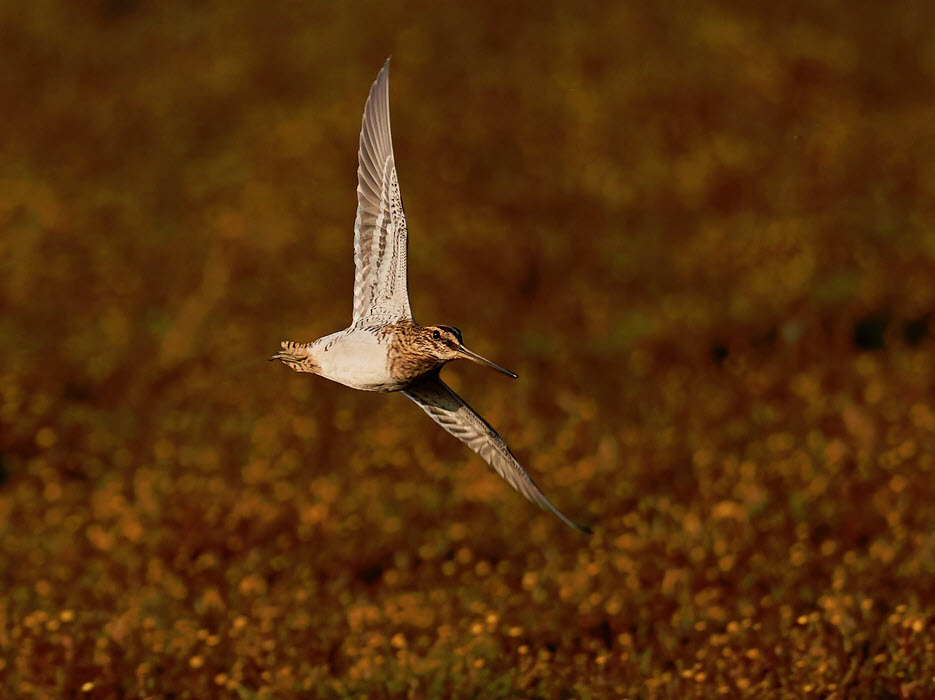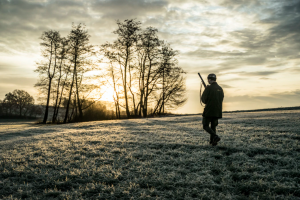
Page Contents
Handgun hunting

Survival kit
Hunting accidents
Small Game Hunting – Why?
First of all, you are most likely fed up of watching TV already and searching for something to perform. Chasing after small game creatures is an approach to expend invigorating day outside. In reality, the cold weather conditions and absence of plants could make walking a lot more enjoyable and improve your chance of spotting the game just before they flush. Next, it is one of the hunting seasons which are nevertheless open for many hunters to take benefit on.
Small game animals usually are very everywhere and may be hunted for prolonged seasons in numerous places. In addition, small game hunting maintains your shooting and hunting abilities sharp therefore you do not have to wait patiently so long till the next season. Simply because there is possibly a great deal of small game in woods, but it does not mean that they are simple to get.
A few of them can take a determined strategy of catch or attack you completely off-guard. The day of hunting the small game animals in the woods will certainly, most of the time, train you something fresh and new; therefore it is truly a great learning chance in case you look at this that way.
Hunting small prey is fun. How should you get the best out of it?
Hunting is one of the richest activities for people and teaches us so many things. If you want to get your shot (who doesn’t?), you need to manage dozens of things, from choosing adequate footwear to practicing your shot. Our following recommendations for small prey hunting will help you get better at it, for sure.
Safety always comes first
No matter what your game animal is, safety should always be your top priority.
Gun safety
You cannot learn to shoot your gun unless you learn first how to safely handle it. Unfortunately, not all hunters are aware of the risks of gun hunting. It’s one reason why many states require certification of hunting courses. When you take such hunting classes, you will learn about using your gun safely and increase your chances of success.
Knife safety
A true hunter will always pack a knife when hunting. You can use the hunting knife to skin or gut your prey. However, a heavy cut can cause contamination and even deadly injuries. Should you take your child hunting, teach him about the safe use of the knife. Teach them how to open and close a knife. Some hunters stay on the safe side and store the knife in a knife case. Never run while holding your knife.
Wear protective clothes& footwear
The best bushes to hide when hunting small prey are thorny. Therefore, it’s best to wear clothes that protect you against sharp branches, thorns, and spikes. You don’t want your body to get prickles and slashed while hunting. Don’t forget to put on your thorn-proof mittens and a hunting cap that pulls down your ears for protection. Look for boots made with thorn-proof material.
Practice as often as possible
As with many things in life, hunting is one area where you get better at it only by practicing over and over again.
Practice using your gun
You will quickly learn that your small prey moves very fast and you should shoot accordingly. If you’re an entry-level hunter, it will take many hours to practice using and shooting in a blink of an eye. Always exercise your shooting in safe places with trainer supervision.
Practice using your knife
Young hunters need to learn to use the knife when pursuing small prey. Once they know about handling methods and safety rules, they need to practice using the knife correctly. Skinning and cutting vines are easy things to teach to a young hunter. You might want to wait to teach them how to gut deer.
Learn about the hunting area
If you’re new to hunting and haven’t been in the wood alone often, you might find hunting a bit scary. When you learn about hunting, you also need to learn about insects, plants, animals, and your hunting terrain. The more you know about the landscape, the more comfortable you will feel and the risk of getting lost will decrease significantly.
Hunting small prey comes with many tips to follow. Scroll down for the most important ones!
Until you gain experience and develop your hunting skills, there are many tips you should follow to get your shot. Here are the most crucial for successful small prey hunting.

Avoid the main roads
Some hunters will head to the old primary paths to stalk small game, but it’s not the best idea. After many hunting seasons, the animals most likely got used to the tracks where humans waited for them. Small prey is smart and use its instincts to survive.
Carefully examine the ground of your hunt
Don’t move frontally, but decelerate and watch for the minor actions around the horizon and the area. When you do this, the small prey won’t notice you for some time and get a better shooting chance. Large rocks and thick bushes make for great places to hide and check out your small prey.
Move little by little
Silence, patience, and slow movement are crucial when pursuing small prey. Rabbits, birds, or squirrels are pretty sensitive to the sounds of footsteps. If they hear unusual sounds, they will hide or run into holes instantly. Begin with taking one or two steps, quit and then stomp on the ground a few times. Your small prey will most likely think that you’ve discovered them and shoot out. Don’t waste your chance and shoot it.
Focus on a fast and accurate shoot
Since small prey moves fast, especially rabbits, birds, and squirrels, you need to move very quickly too. Find your target and get the shot to kill.
Know where to hunt
With small prey hunting, you need to know the area where you want to hunt. Some places will have plenty of wild squirrels, whereas others will have few. The more you know about your hunting location, the better your chances to get that shot. We recommend you contact the local authorities about the site of your choice.
Mind the season
Every season is an excellent opportunity to hunt some animals and the state where you’re hunting regulates the hunting. Do due diligence and collect all the information about hunting regulations in the state of your choice. You don’t want to get a fine for illegal hunting.
Take your dog
When you go small prey hunting, your dog can be the best companion. Dogs are agile and great at running and pursuing the target. Let’s not forget about their insane sense of smell that eliminates your worry when searching your prey. The main challenge comes from controlling your dog when hunting—dogs can get hyperactive with all the excitement!
Be patient and meticulous
You can never become a hunter if you’re not patient and detail-oriented. With hunting, you have to spend hours patiently waiting for your prey to show and rapidly act when you have a shot. The chances to shoot your game from the first hunt are rather slim. It might take you months until you no longer come back home empty-handed. Hunting takes dedication and perseverance, but it’s all worth the wait! With hunting, waiting is always included!
Frequently Asked Questions
What qualifies as a “small game”?
Typically, the small game refers to animals under 40 pounds. Ducks, coyotes, pheasants, etc., are considered to be small games. Hunters use 20-gauge shotguns for hunting small prey. Such hunting is popular because hunting licenses are more affordable than licenses for big game hunting.
Are all animals preys?
Any living entity that is hunted and consumed by the predator defines as prey. Most of the time, animals that are stalked, killed, and consumed by other animals are known as “prey”. Truth be told, any animal can be preyed on, but that doesn’t make it a prey animal per se.
Some animals are easy to hunt. Which one is the easiest to track?
Unless you’re dedicated and willing to spend your time, energy, and money for hunting, you cannot call yourself a genuine hunter. Entry-level hunters will have a better chance of shooting when pursuing small prey such as dove, rabbit, squirrel, and goose. Bear and antelope also make good choices for beginners.
Why do people like hunting small prey?
Small prey hunting is crucial to develop skills for hunting deer and other big fame. It’s also a significant opportunity to win experience and increase the chance of harvesting the game animal without expensive gear or complex hunting methods.
What’s considered to be medium game animals?
Game animals ranging between 50 and 350 pounds are considered to be medium. Commonly, the range goes from less than 50 to over 300 yards. Many hunters fancy the medium game animals and deer is the most common to name.


